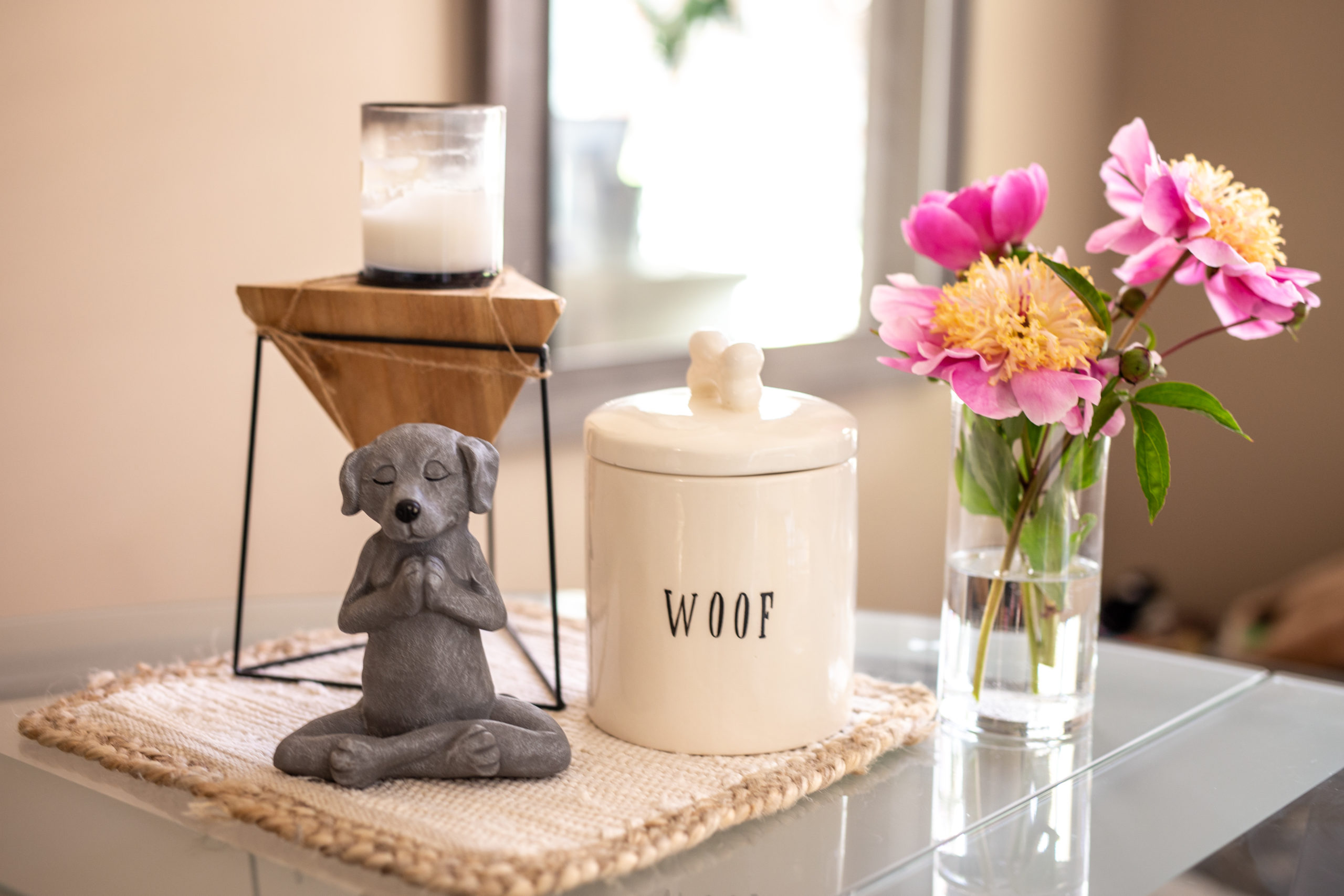Dogs are often referred to as “man’s best friend,” but how well do we really understand them? While we may think we know what our dogs are feeling based on their behavior, the reality is that dogs communicate in ways that are not always obvious to us. By learning to read dog body language, we can better identify their emotional responses and implement effective counter-conditioning techniques to help them navigate their feelings more comfortably.
The Emotional Life of Dogs
Just like humans, dogs experience a wide range of emotions—joy, fear, anxiety, excitement, and even frustration. Understanding these emotions is crucial for building a healthy relationship with your dog. For instance, a dog that is fearful or anxious may display certain behaviors such as trembling, hiding, growling, or excessive barking. Recognizing these signs is the first step in helping your dog cope with their emotional responses.
Reading Dog Body Language
Dogs communicate primarily through body language, and being able to read these signals can help you understand what they are “saying.” Here are some key indicators of a dog’s emotional state:
– Tail Position: A wagging tail often signifies happiness, but the position of the tail matters too. A tail held low or tucked between the legs can indicate fear or submission.
– Ears: Erect ears may show curiosity or excitement, while flattened ears can signal fear or aggression.
– Eyes: A relaxed gaze indicates comfort, while wide eyes or averted gaze may suggest fear or uncertainty.
– Body Posture: A relaxed body shows contentment, whereas a stiff body or cowering posture indicates stress or anxiety.
By paying attention to these signals, you can gain insights into your dog’s emotional state and take proactive steps to address their needs.
Helping Dogs Manage Their Emotions: Counter Conditioning
Counterconditioning is a powerful tool in dog training that changes a dog’s emotional response to a particular stimulus. Here’s how you can use counter conditioning to help your dog feel more at ease.
Identify Triggers
Start by identifying what triggers your dog’s emotional responses. This could be anything from loud noises, new people, highly valued resources or even specific environments. For example, if your dog becomes anxious around strangers, that’s your starting point.
Create Positive Associations
Once you’ve identified a trigger, the next step is to create positive associations. This can be done by introducing the trigger at a distance where your dog feels safe. Distance is key! For example, if your dog is anxious around strangers, have a friend approach slowly while you provide treats or praise. The goal is to help your dog associate the presence of the stranger with something positive, like treats or playtime.
Gradual Exposure
Gradually decrease the distance to the trigger, continuing to reward your dog with treats and praise as they remain calm. This process may take time, so be patient. If your dog shows signs of anxiety or stress, back off and give them space. The key is to progress at a pace that your dog is comfortable with. As always, meet your dog where they’re at with the learning process.
Consistency and Practice
Consistency is vital in counter-conditioning. Regular practice will help reinforce the positive associations you’re building. Make sure to incorporate different scenarios and environments to generalize your dog’s new emotional responses.
The Importance of Patience and Understanding
As you take on your journey of understanding your dog’s emotional responses, it’s essential to remain patient and empathetic. Dogs are not capable of expressing their feelings in the same way humans do, and sometimes it can be frustrating to interpret their signals. However, with practice and observation, you’ll become more adept at reading their body language and responding to their needs effectively.
Conclusion
Understanding your dog’s emotional responses is crucial for building a strong bond and ensuring their overall well-being. By mastering the art of reading dog body language and implementing counter-conditioning techniques, you’re taking the necessary steps to navigate their feelings with confidence.
Remember, our dogs rely on us to interpret their emotions and guide them towards a happier, more comfortable life. So when we take the time to listen to what our dogs are “saying”—you might be surprised at how much they have to share when they know we’re actively listening.
Ready to Take Your Dog Training to the Next Level?
Don’t wait to see the results you’ve been dreaming of! Join our community of passionate dog owners and enhance your training journey.
– Register for our Group Classes and enjoy the benefits of learning in a supportive environment with fellow dog lovers. Register here: https://wagntails.net/group-training-1/
– Prefer personalized attention? Sign up for Private Training Sessions to tailor your training experience to your dog’s unique needs here: https://wagntails.net/private-training/
– Looking for more helpful resources? Explore our range of ebooks and downloadable guides here: https://wagntails.net/blog/
Empower yourself and your dog today—let’s embark on this training adventure together!





